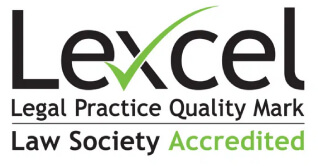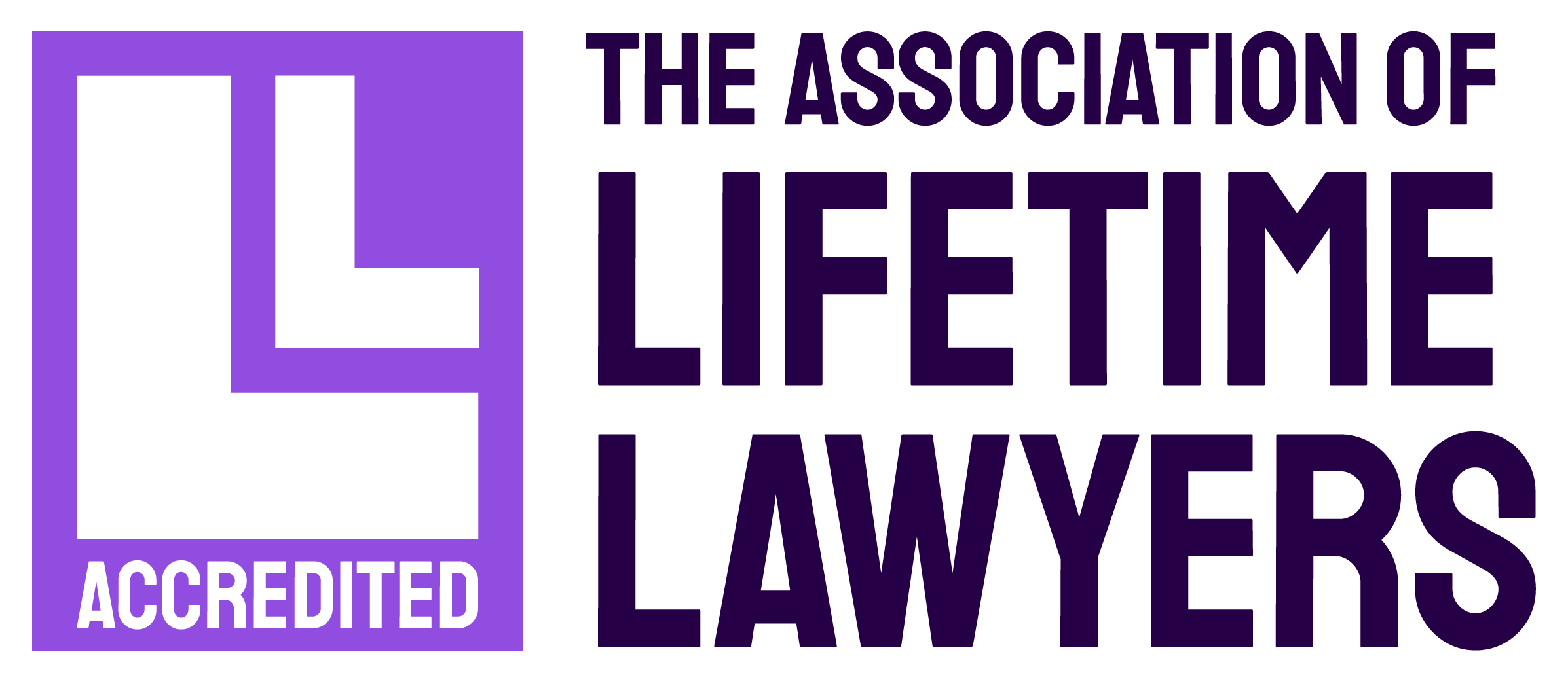In many cases, leasehold properties (especially flats) are housed in a building owned by a landlord, otherwise known as a freeholder. The freeholder won’t own the individual flats, but they will own the building as a whole, and the land on which it stands.
When a freeholder wants to sell their interest in a building containing leasehold properties, they must by law offer it to the tenants living in those properties before they’re allowed to sell it on the open market. This is known as the Right of First Refusal, or RFR.
Who qualifies for RFR?
As with lease extension and collective enfranchisement, there are certain conditions that must apply in order for a building to be eligible for RFR, these being:
- The building must contain more than two flats.
- No more than 50% of the building can be given over to commercial use.
- At least 50% of the properties must be owned by ‘qualifying tenants’.
To be a qualifying tenant, the tenant must be a leasehold property owner or, in certain circumstances, renting on a fixed-term or periodic tenancy. They also can’t own more than three flats in the building.
Are there exemptions to RFR?
While most of the time, the sale of the landlord’s interest in a building will trigger RFR, there are a few exemptions to the rule, for example:
- Where the sale is to a company that has been associated with the landlord for at least two years.
- In certain circumstances where the sale is between members of the same family.
- Where the landlord lives in the building.
How does the RFR process work?
- The landlord serves a notice on the tenants – this notice will notify the tenants about the offer and – in some cases – establish the price the landlord is willing to accept for the freehold. We say in some cases, because there are actually two main ways in which a freeholder can sell the freehold interest of a building. In the first scenario, the freeholder will offer the interest to the leaseholders for a set price and on certain terms, after which the tenants can accept it or reject it (as per point 2, below). If they accept, transaction would follow the usual sale/purchase process whereby contracts are exchanged and the freehold interest is transferred to the leaseholders. The second option is for the freeholder to advise in the notice that the freehold interest will be sold at auction, and provide the details of said auction to the leaseholders. The leaseholders are then free to attend the auction and bid in the usual way. The leaseholders are advised to attend the auction to see how that progresses in terms of sale price.
- The tenants reject or accept the offer – in the case of a fixed price sale, in order to accept the offer, the tenants must respond jointly, in writing, within two months of the landlord’s notice. If the offer is rejected, the landlord can move on with their plans to sell their interest in the building on the open market. However, they’re not allowed to sell it for less than what they originally proposed to the tenants for a further 12 months. This prevents them from inflating the price artificially to discourage the tenants from taking up the offer.
- The tenants select a ‘Nominee Purchaser’ – this might be one of the tenants, but is more usually a management company set up by the tenants for this purpose. The tenants have a further two months from the date they accepted the offer to select the Nominee Purchaser.
- The landlord sends a contract – the landlord has one month to send over a contract, which the tenants then have another two months to sign. They’ll also be expected to pay a deposit within this time period.
- Contracts are exchanged – the landlord’s and tenants’ solicitors will exchange contracts and complete the sale.
Right of First Refusal vs collective enfranchisement
While the RFR and collective enfranchisement processes may on the surface appear similar, there are some key differences it’s important to be aware of before accepting an RFR offer.
- RFR only applies to landlords already looking to sell – tenants will only be offered RFR if the landlord is already planning to sell their interest in the building. The only way to force a sale is through the collective enfranchisement process – and in doing so, the tenants lose their right to RFR.
- You can’t negotiate an RFR offer – whilst the collective enfranchisement allows for negotiation of the terms and premium, an RFR offer is set by the landlord and cannot be challenged at a Tribunal. The tenants will have two choices: to accept or to reject.
- The tenants don’t have to pay their landlord’s legal costs – because collective enfranchisement is essentially forcing a sale where the landlord may not necessary desire it, leaseholders are bound to pay their freeholder’s legal costs. However, the RFR process doesn’t require tenants to pay their landlord’s reasonable legal and valuation fees.
- The landlord can withdraw their offer – the landlord is allowed to withdraw the offer at any point prior to the exchange of contracts, whereas the collective enfranchisement process includes statutory mechanisms to ensure the landlord can’t pull out.
Find out more
If you have been offered the right of first refusal by your landlord and want to understand if the price offered is fair, then please get in touch with our specialist leasehold solicitors on 0203 871 0039 or email leasehold@attwaters.co.uk.
















